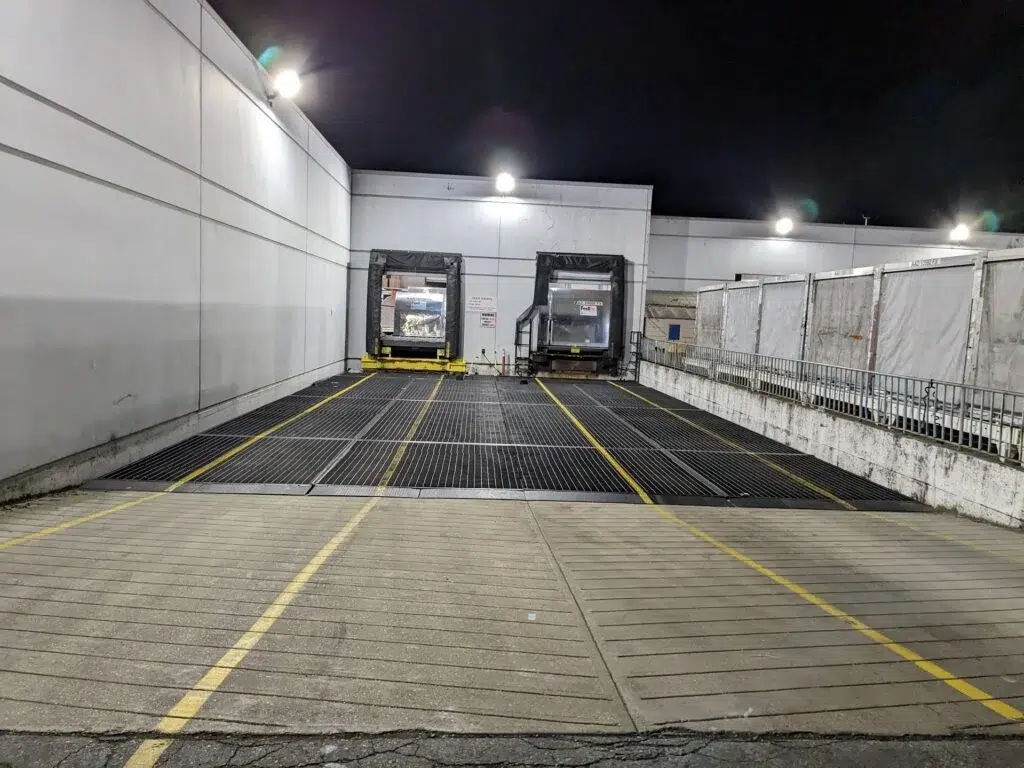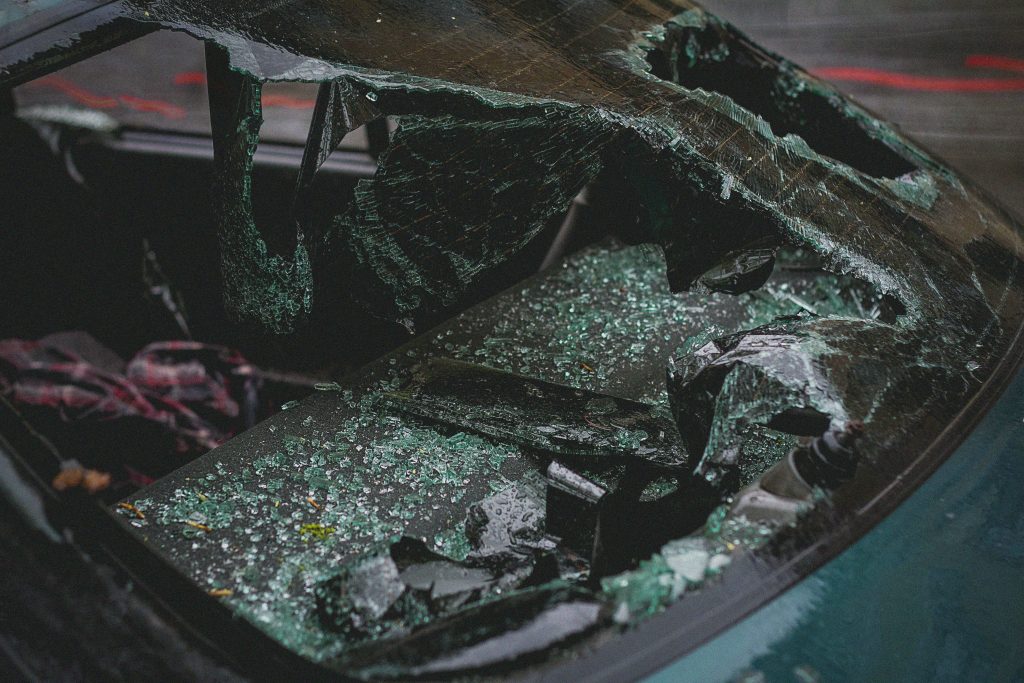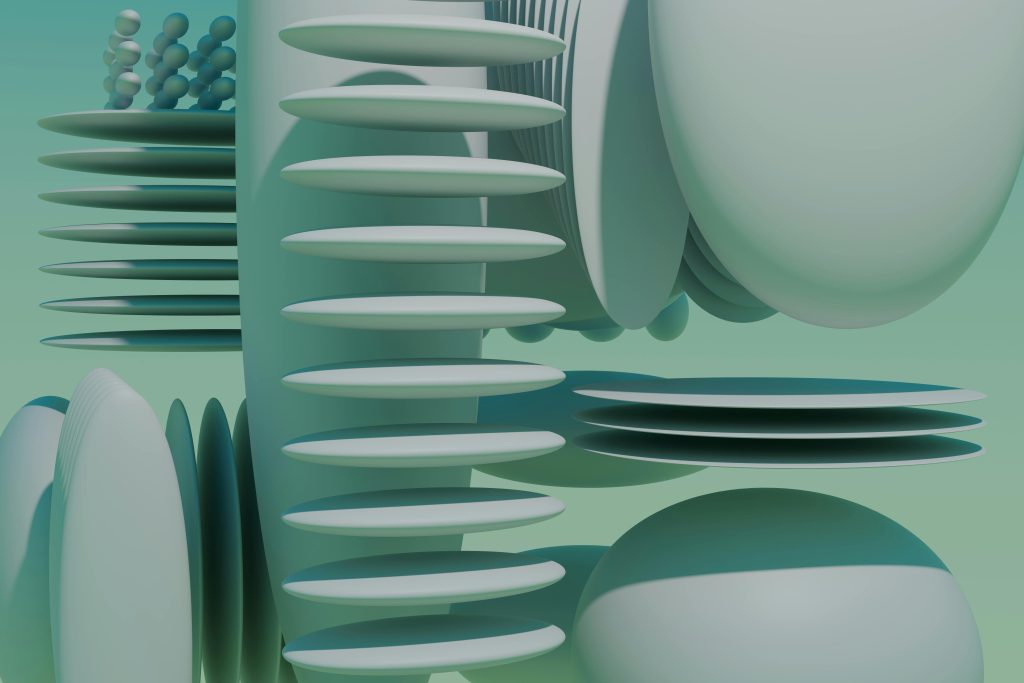It’s not only about how the driveway appears when you choose the material. It’s about how well it can endure the weather, how much labor it takes to keep it up, and how much traffic it can handle. For other people, the conventional suspects—concrete, tarmac, and gravel—are all they need. But rubber crumb is becoming a real choice for people who want something gentler to walk on and care about the environment.
This surface, which consists largely of old tires, has been utilized for years in locations like sports courts and playgrounds. It has also begun showing up on driveways lately, and with good reason. Even so, it’s not ideal. It has pros and cons, just like any other surface.
If you’re weighing your options,SafeStep professionals can offer guidance tailored to your layout, budget, and climate. But first, here’s what you should know before deciding.
What Exactly Is a Rubber Crumb Driveway?
The name tells you most of it: rubber crumb refers to ground-up tire particles, combined with a type of glue—or binder—that holds everything in place. Once mixed, it’s poured onto a prepared surface and smoothed out into a level, joint-free layer.
The material is commonly put on top of old concrete or asphalt, but it can also be put down from scratch as long as the base is sturdy and drains well. You get a surface that is a little flexible, a little soft, and can handle daily wear and tear from vehicles, motorcycles, and foot activity.
Upsides That Make Rubber Crumb Worth a Look
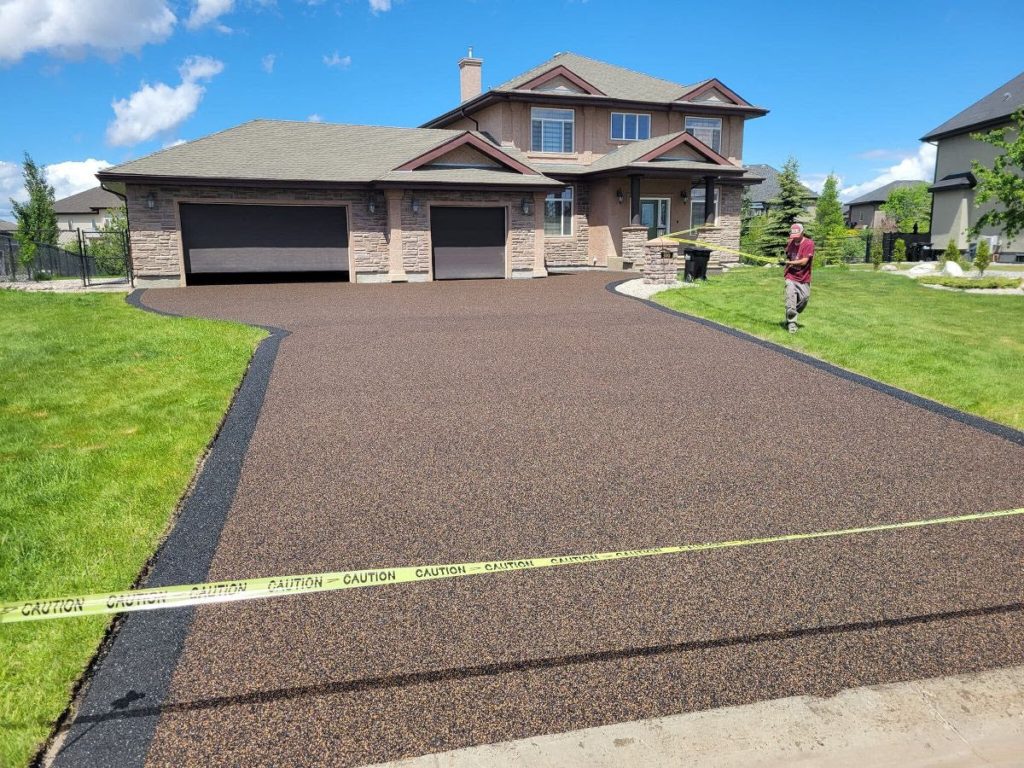
A Second Life for Old Tires
This surface is made from material that would otherwise sit in a landfill for decades. That alone is a solid reason some people go with it. If you’re aiming to cut waste where you can, it’s an option that helps tick that box.
A More Forgiving Surface
There’s a slight spring to rubber crumb that you won’t get with concrete or brick. It’s noticeable, especially if you walk around barefoot in the summer or have kids running across it. People with bad knees or anyone using walkers or strollers might also find it easier on the joints.
Traction, Even When It’s Wet
It’s tough to overstate how much grip this surface has. When it rains or snows, rubber crumb doesn’t get slick the way some other materials can. That extra traction is one reason it’s long been used in public places where safety matters.
It Handles Water Pretty Well
Rubber crumb surfaces don’t make it easy for puddles to form. Because of how the rubber particles settle and how the water is poured, it tends to soak in instead of sitting on top. This is fantastic news if you’ve had trouble with runoff or frozen puddles in the past.
No Weeds, No Cracks
Because there are no holes in the surface, you won’t see weeds growing or ants making mounds through the joints. And unlike concrete, it doesn’t normally crack when the earth moves a little or the temperature changes. That said, it’s not invincible.
Where Rubber Crumb Falls Short
You’ll Pay More Up Front
To be clear, rubber crumb isn’t cheap.It isn’t the most expensive material, although it normally costs more than gravel or conventional asphalt. The final price will depend on how big the space is, whether you need to perform any groundwork, and how easy it is to travel to your site.
Not Ideal for Heavy Vehicles
For the average household car or SUV, rubber crumb holds up fine. But if you’ve got a heavy-duty work truck or plan to park an RV in the same spot every day, this material might not be your best bet. Repeated pressure from heavier loads can compress the surface over time.
Sun Can Fade It
Dark colors usually remain longer, but they will fade a little after a few years in the sun. This doesn’t impact how the surface functions if you choose a lighter hue or a custom blend, but it’s something to think about.
Repairs Can Be a Bit Fussy
It’s not always straightforward to fix just a little portion if it gets broken. It’s hard to match colors, and blends may seem a little different once they dry. To keep everything looking even, you may have to resurface a wider area at times.
Sensitive to Certain Spills
Rubber crumb, like other synthetic surfaces, does not like fluids containing oil. If you don’t clean up oil, gas, and some cleaners quickly away, they can leave streaks or soft spots. It’s a good idea to lay a pad or tray under your car when you park it if it’s older and inclined to leak.
Is It the Right Fit for You?
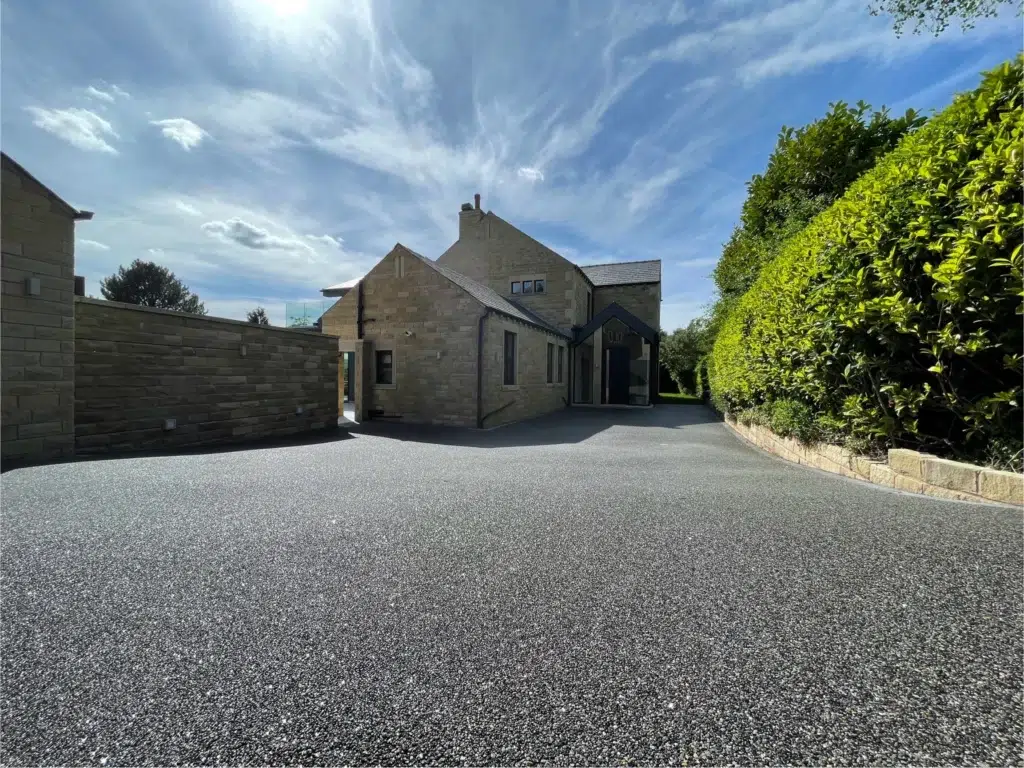
How you use your driveway, what the weather is like where you live, and how much you care about how it looks versus how long it lasts all play a role. People who desire a softer, cleaner look than stone or pavers, families with youngsters, and homeowners in places where it rains or snows are all interested in rubber crumb.
It won’t be the best decision for everyone. But in other cases, such where slip resistance and low maintenance are important, it’s a useful option that should be thought about.
A Few Things to Ask Before You Commit
If you’re serious about going with this surface, here are some questions to raise with your contractor:
- Can it be laid over your current surface, or will it need to be removed?
- What kind of binder will be used? (Some are better for UV resistance than others.)
- What sort of maintenance does the installer recommend over the first few years?
- Are there any limits to how much weight the surface can handle?
These small details can have a big impact on how well your driveway holds up long-term.
In Closing
Rubber crumb driveways aren’t only a style decision; they’re also useful in some situations. They look nice, are easy to take care of, and provide a soft landing. They have good and bad points, just like any other substance. But if you care about safety, sustainability, and how they look, you should look at them more closely.
If you’re curious about how it would work for your property or want to explore layout and color options, you can start by checking out more on installing arubber crumb driveway here.




